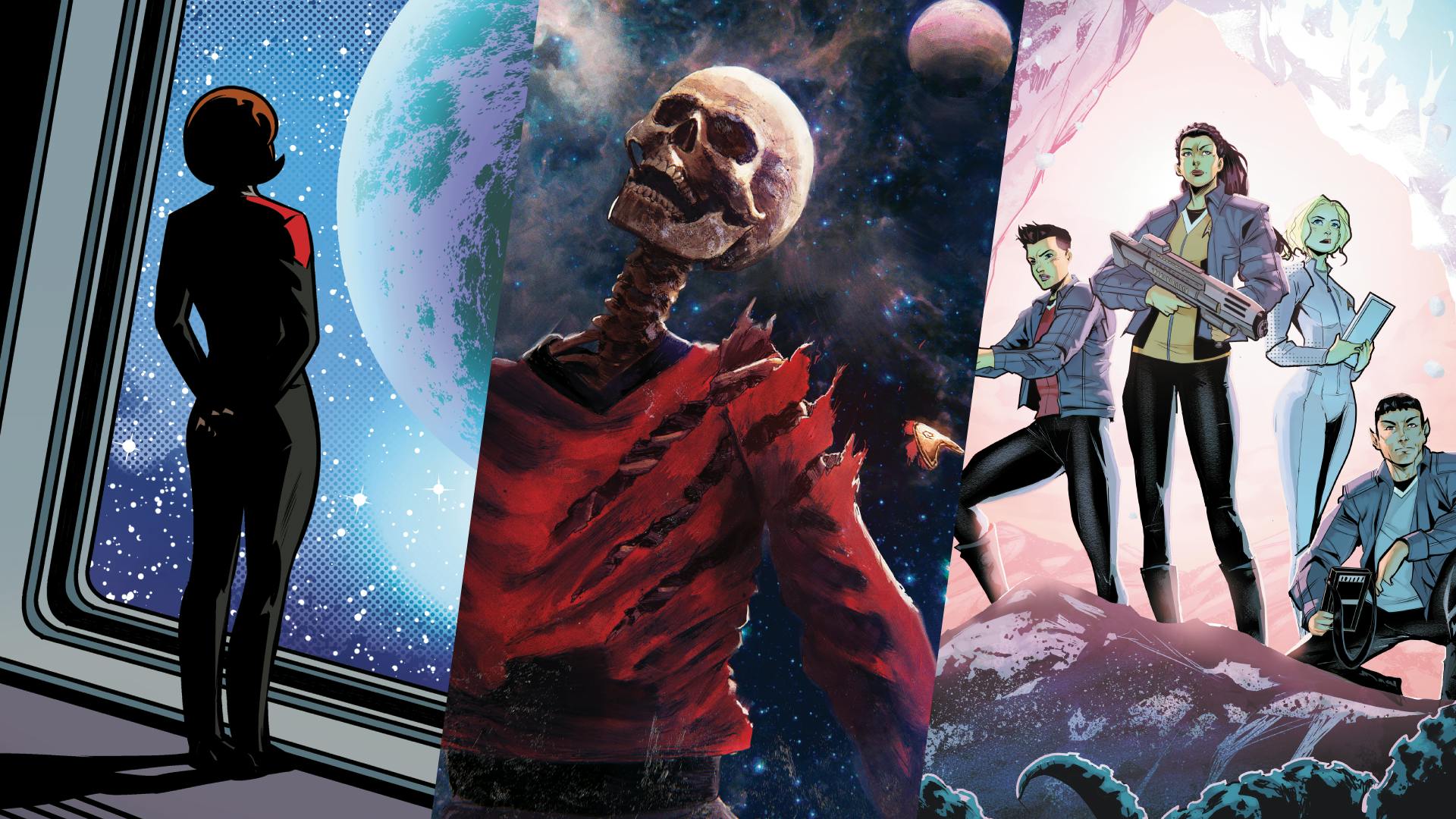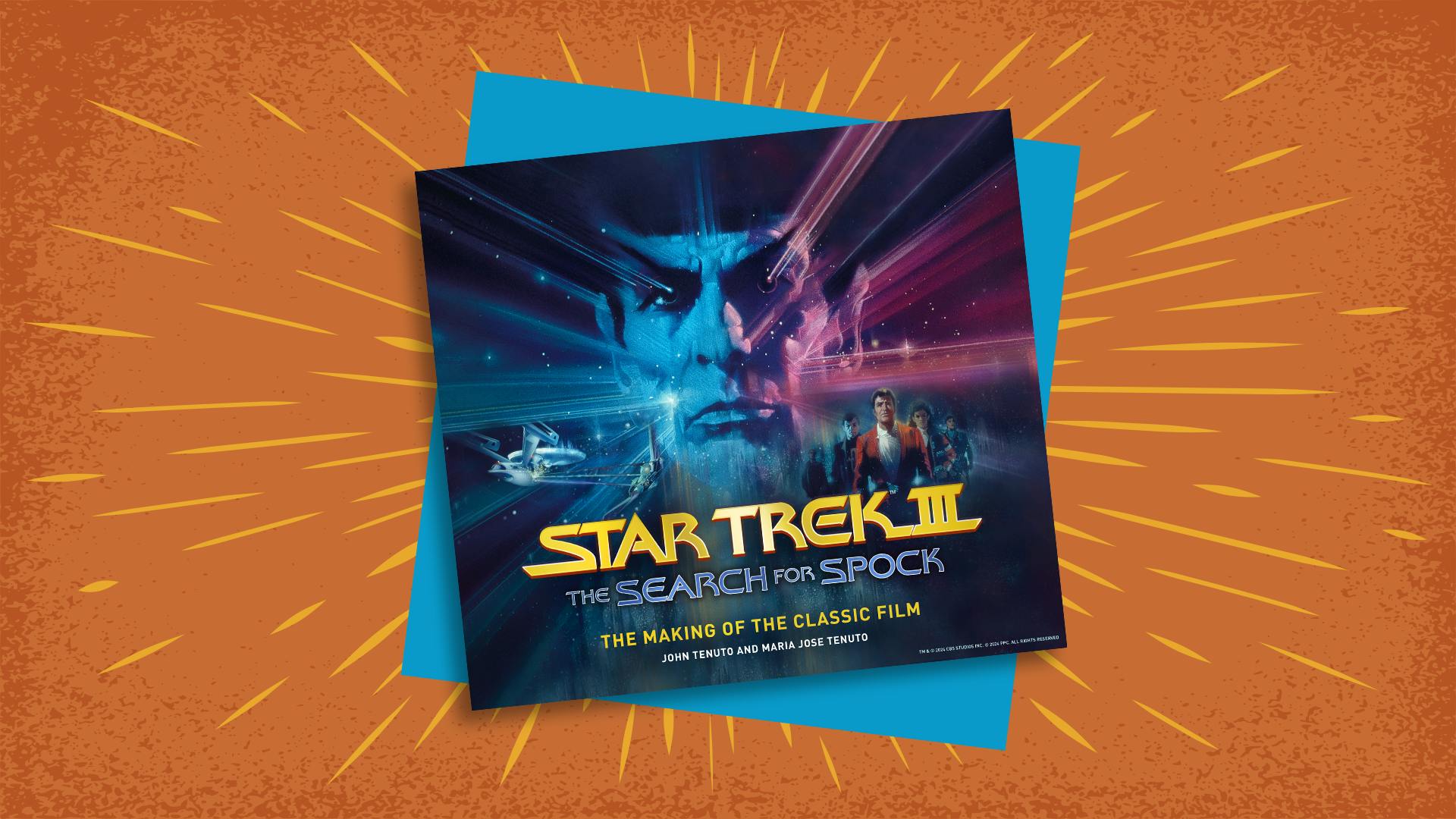Published Jul 16, 2024
Why Gene Roddenberry Had to 'Entertain or Go Off the Air'
Discover that and more with when 'Star Trek: The Illustrated Oral History: The Original Cast' hits stands on July 30!
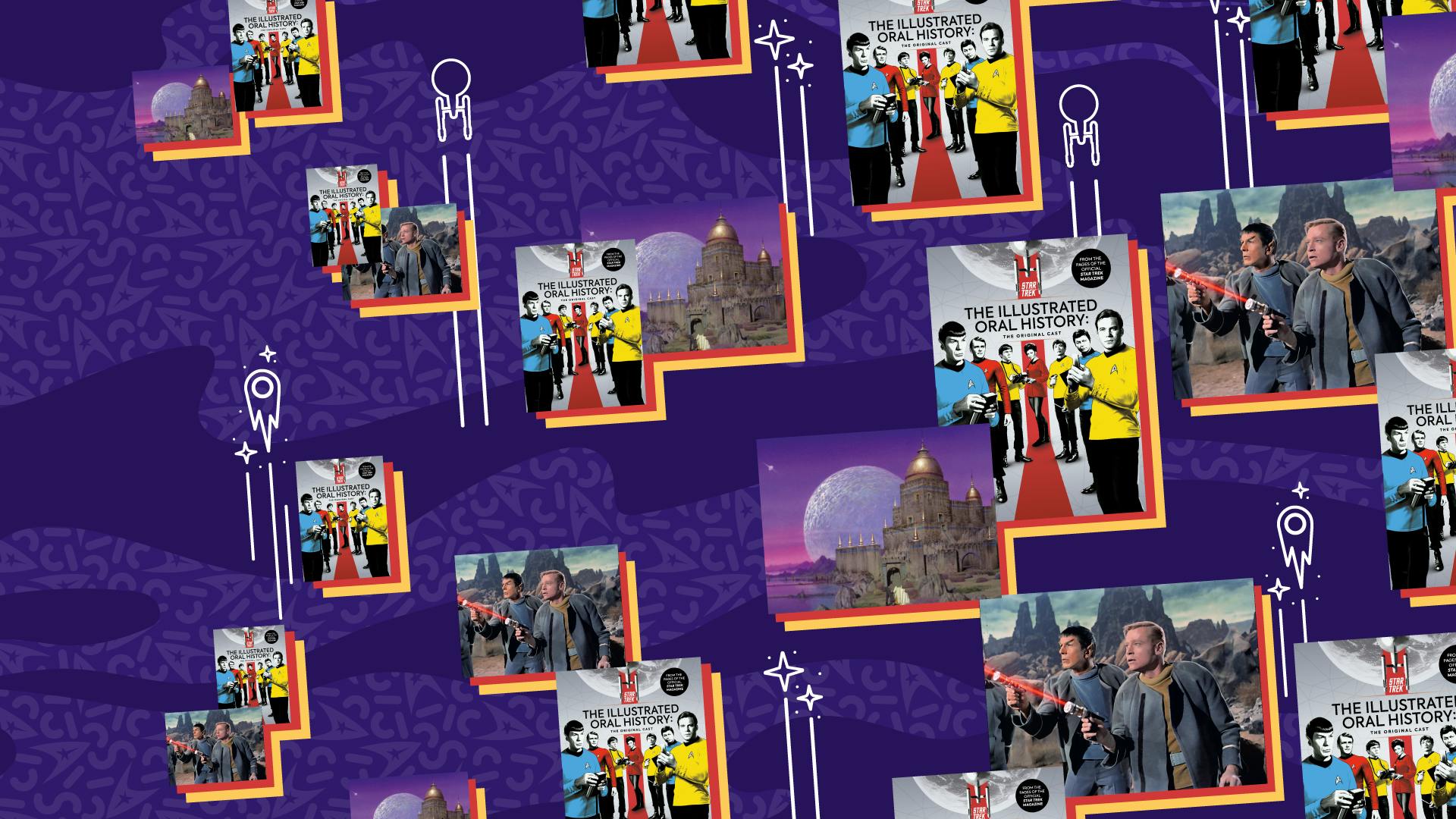
StarTrek.com
For 25 years, the voyages of the original crew of the starship Enterprise kept audiences enthralled across three live-action television seasons, two season of the animated series, and six blockbuster motion pictures. Now, the cast and crew behind the show that launched the enduring phenomenon tell their story.
Star Trek: The Illustrated Oral History: The Original Cast is a lavishly illustrated oral history of the Star Trek phenomenon covering the exploits of the original crew. Gene Roddenberry, William Shatner, Leonard Nimoy, DeForest Kelley, James Doohan, Nichelle Nichols, George Takei and Watler Koenig, along with guest stars, writers and directors, reveal the story behind a pop culture legend.
The collection hits shelves July 30; pre-order now on Amazon, Barnes & Noble, Books-A-Million, Forbidden Planet, or wherever you purchase your books.
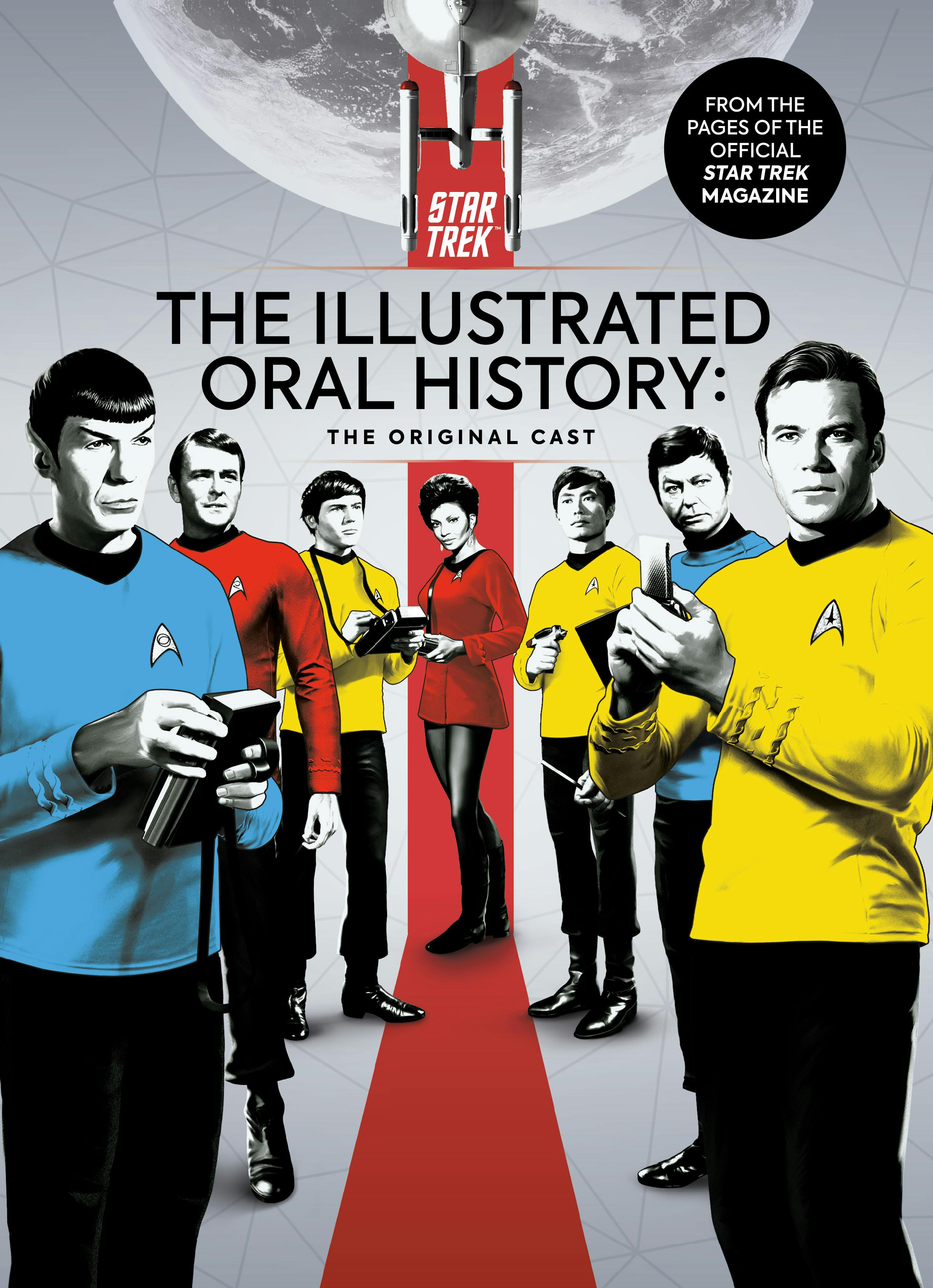
Titan
, and its assorted spin-offs, has been a cultural success story since the mid-1960s when a relatively brief run of episodes framed within a modest three seasons caught audiences' imaginations across the world. The exploits of the crew of the starship Enterprise, led by the intrepid Captain James T. Kirk, offered viewers morality tales that reflected our own humanity couched in a positive utopian view of the future.
While the show faltered after three-years, its dedicated fanbase never deserted the show, as the cast reunited for an award-winning animated series and later headlined six big screen adventures. This volume collects memories from the original pioneering cast and crew as their original five year mission led to three decades of adventure…
Star Trek: The Illustrated Oral History: The Original Cast highlights include:
- Why William Shatner wanted Star Trek to "have more humor and be more fun," and his struggle to make .
- Leonard Nimoy discussing how Spock emerged from being a co-star to a breakout iconic character.
- DeForest Kelley on how the fractious relationship between Dr. McCoy and Mr. Spock was developed.
- Nichelle Nichols on the overwhelming reaction to Uhura around the world.
- George Takei on how Leonard Nimoy stood up for his crewmates during the making of and why Sulu is a pioneering character.
- Majel Barrett Roddenberry on the secret ingredient that has made Star Trek endure.
- Story editor D. C. Fontana on shaping some of the best-loved episodes and her part in establishing the enduring character of Mr. Spock.
Thanks to our friends at Titan Magazines, we have an exclusive excerpt of the first section, "The Pilots," which covers the making of the two pilot episodes that started it all — "The Cage" and "Where No Man Has Gone Before."
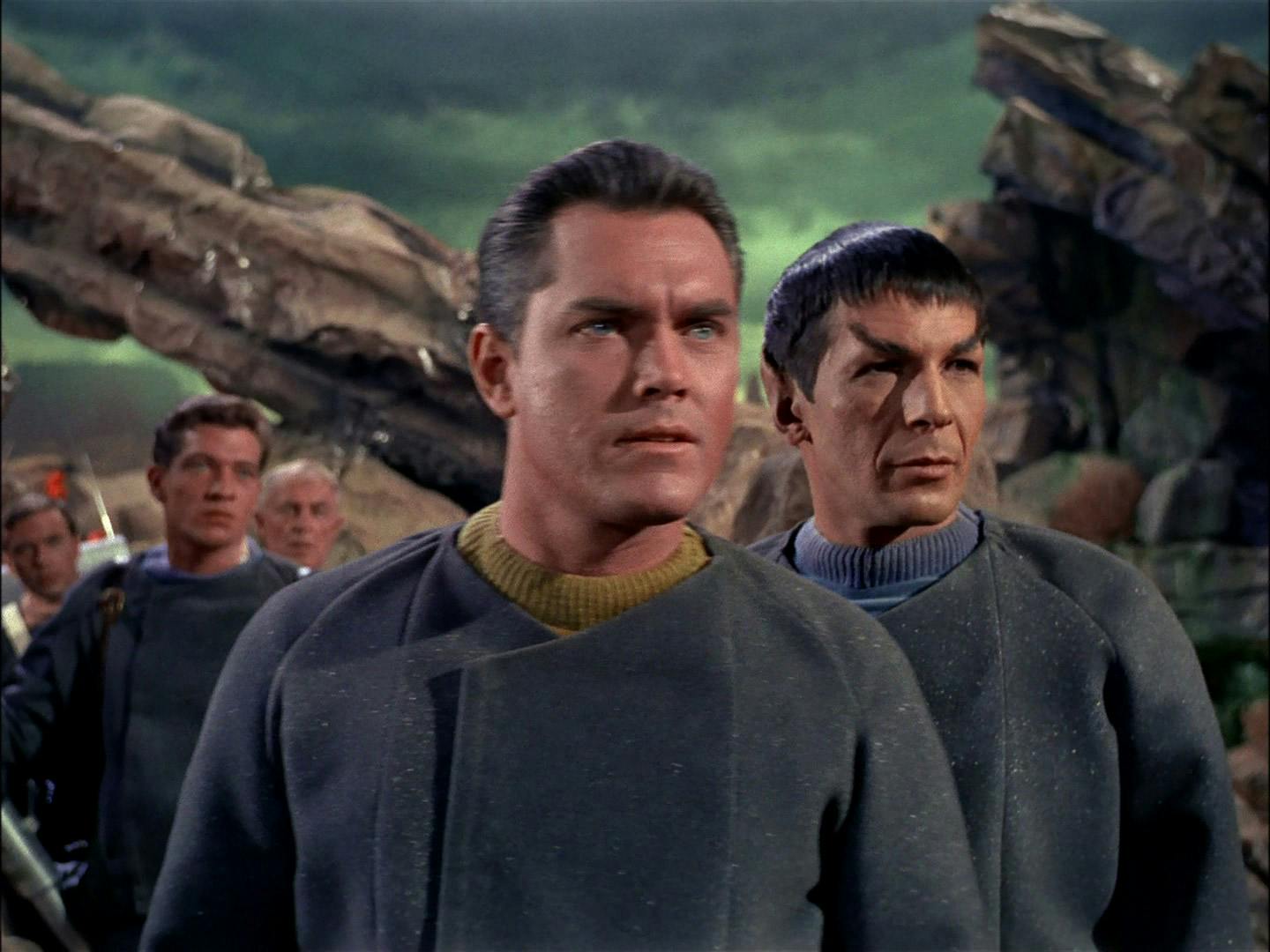
Captain Pike (Jeffrey Hunter) and Mr. Spock (Leonard Nimoy) survey Talos IV in "The Cage."
StarTrek.com
Eugene Wesley Roddenberry Sr., known as Gene, the creator of Star Trek, faced a unique challenge in getting his vision for a science fiction series to the screen. However, Roddenberry's vision was the antithesis of the pulp B movie science fiction of the time.
Gene Roddenberry: Although Star Trek had to entertain or go off the air, we believed our format was unique enough to allow us to challenge and stimulate the audience. Unless it also "said something" and we challenged our viewers to think and react, then it wasn’t worth all we had to put into the show.
Robert Justman (Executive Producer): Star Trek was a mighty challenge and had we only known the truth, I don't think we would have gotten into it. What we were attempting was, in retrospect, an impossibility due to many reasons, not the least of which was the budget. We had to compete with other hour long shows, but our shows, by their very nature, would cost appreciably more than anything else. We were the only ones doing what we were doing then. Lost in Space, although it was more popular at the time, was not doing what we were doing. We were making a moral adventure story.
Gene Roddenberry: It was a very different kind of story – one that dealt with the strange dangers of illusion, the enormous power of imagination, with whole worlds that could come from inside people's heads. And if that wasn't enough, back in those days before the phrase 'women's lib' was ever heard, I put a woman in second command of our starship, and my script required our actress Majel Barrett to play this woman as having a highly superior, computerized mind. I was 'uncooperative' in other ways too. For example, I had refused to cast our crew 'sensibly' – which meant, "all whites."
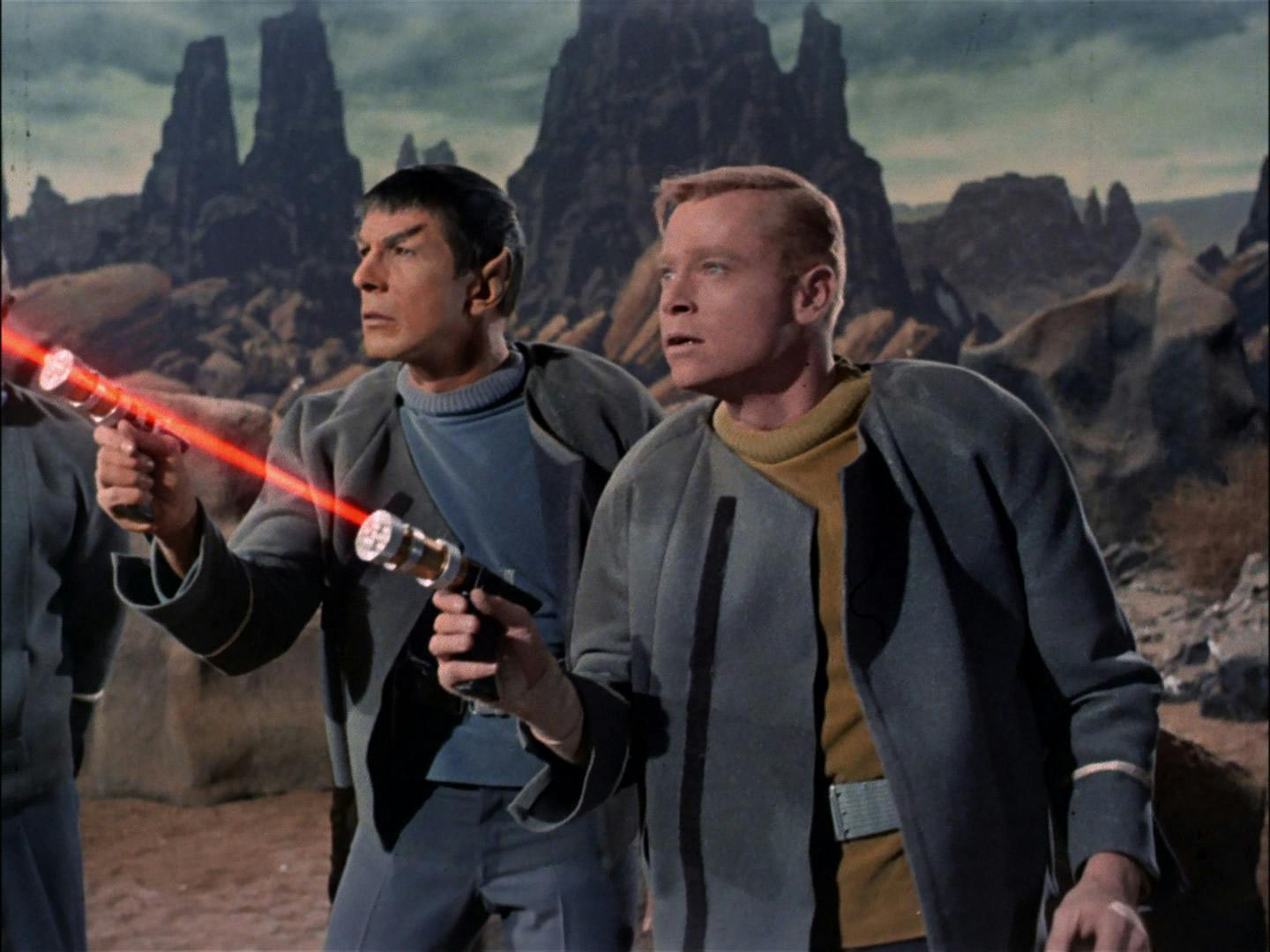
Spock and Lieutenant Jose Tyler fire phasers in "The Cage."
StarTrek.com
One of the earliest people to see Roddenberry's plans for the show was future Star Trek story editor D.C. Fontana.
D.C. Fontana: Gene handed me a series treatment that was about 10 or 11 pages long and asked me what I thought of it, it was the bare bones of what Star Trek would ultimately become. The ship was the U.S.S. Yorktown, not the Enterprise; it was commanded by Captain Robert T. April and Mr. Spock was a Martian, not a Vulcan. The five year mission was sketchily spelled out – it talked about the ship, the mission and the characters, April and Spock principally. I told Gene, "I really like this. This is going to be fun if someone wants to make it. Who's going to play Mr. Spock?" Gene pushed a picture across the desk to me of Leonard Nimoy and I was thrilled about that, because I knew Leonard from way back.
So I was really excited about Star Trek from the start. Series like The Twilight Zone and The Outer Limits had shown it was possible to do some very creative and far-ranging stories on a decent budget.
Leonard Nimoy: It was interesting that I often found myself working in science fiction going all the way back as early as 1952. The very first science fiction job I ever did was in a serial made by Republic Pictures. They used to make these things which ran for 12 episodes of 15 minutes each and ran at your local neighbourhood theatre together with the current film. The one I acted in was called Zombies of the Stratosphere. It's pretty funny when you look at it. I played a character from Mars who came along with two or three other people with a nefarious plan to take over Earth. I worked in all the science fiction television series that were on the air all through the Fifties and Sixties. I did occasional appearances in some of the science fiction films and I did have some interest in science fiction as a kid – I used to read a series of books called the Tom Swift novels. So it always was important – and somehow I found myself useful in science fiction.
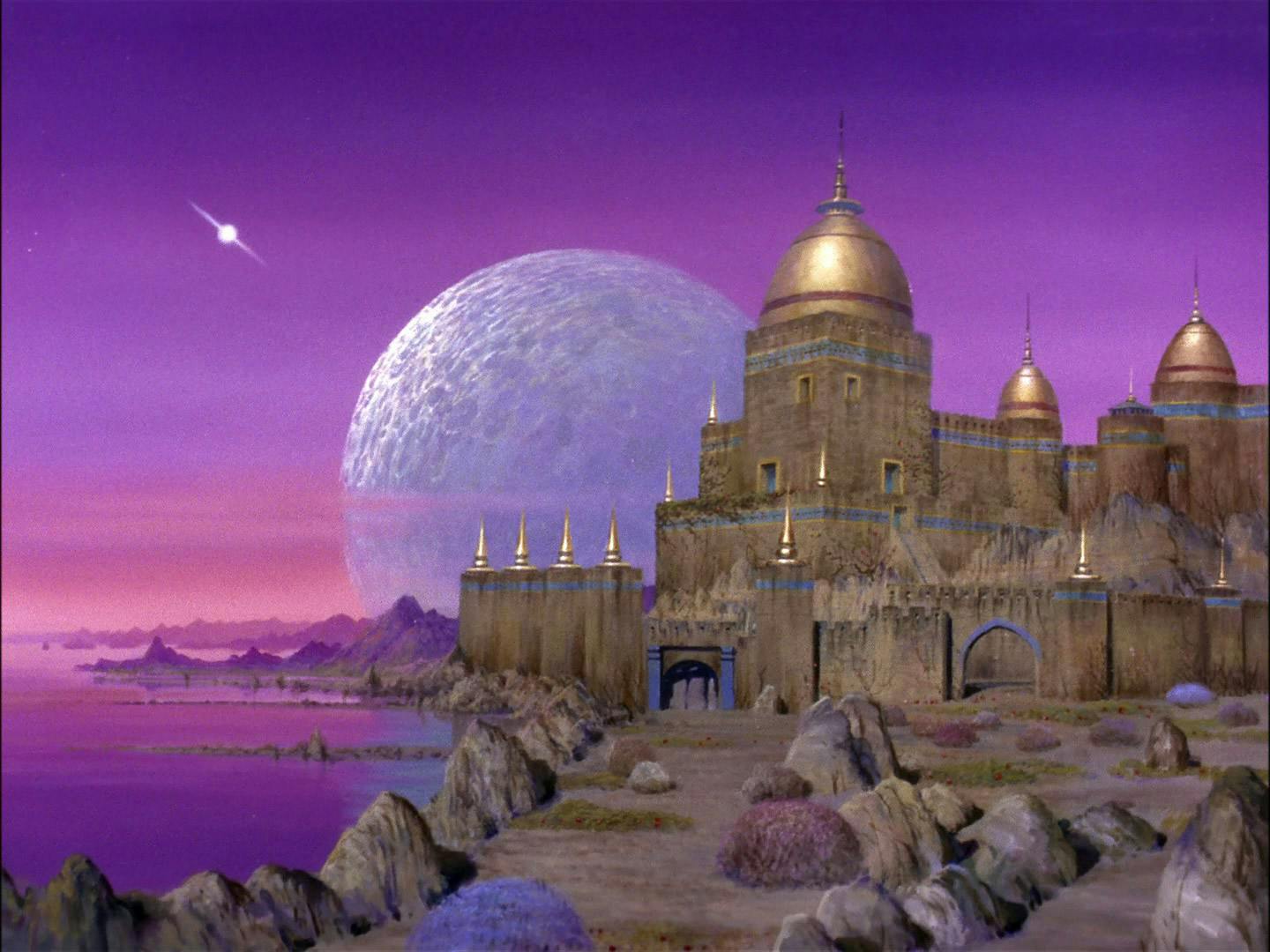
The lavish castle on Rigel VII in "The Cage."
StarTrek.com
Michael Forest (Apollo, "Who Mourns for Adonais?"): Leonard Nimoy and I did a project that Vic Morrow directed. During a break, Leonard auditioned for an untitled project. He came back and said, "You won't believe this, but I got the part. They put me in these funny ears. If this goes, I'll eat your hat. It'll never go…" That turned out to be Star Trek.


